Earth berm house in Alabama? Tell me why I should or shouldn't.
4 years ago
Featured Answer
Sort by:Oldest
Comments (24)
- 4 years agolast modified: 4 years agoswiss_chard_fanatic thanked Walsh Krowka & Associates, Inc
- 4 years agoswiss_chard_fanatic thanked beckysharp Reinstate SW Unconditionally
Related Professionals
West Jordan Solar Energy Systems · Wilmington Home Builders · Athens General Contractors · Barrington General Contractors · Erlanger General Contractors · Hillsborough General Contractors · Janesville General Contractors · Keene General Contractors · Fair Lawn Furniture & Accessories · Country Club Hills General Contractors · Galveston General Contractors · Holly Hill General Contractors · Kemp Mill General Contractors · Marietta General Contractors · Post Falls General Contractors- 4 years agolast modified: 4 years ago
- 4 years ago
- 4 years agolast modified: 4 years ago
- 4 years ago
- 4 years ago
- 4 years ago
- 4 years ago
- 4 years ago
- 4 years agolast modified: 4 years ago
- 4 years ago
- 4 years agolast modified: 4 years ago
- 4 years ago
- 4 years agolast modified: 4 years ago
- 4 years agolast modified: 4 years ago
- 4 years agoswiss_chard_fanatic thanked beckysharp Reinstate SW Unconditionally
- 4 years ago
- 4 years ago
- 4 years ago
- 2 years ago
Related Stories
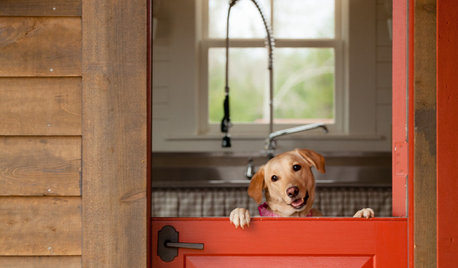
LIFEThe Polite House: On Dogs at House Parties and Working With Relatives
Emily Post’s great-great-granddaughter gives advice on having dogs at parties and handling a family member’s offer to help with projects
Full Story
LIFEOh Yeah, There’s a Snake in the House
A Houzz contributor lives through her worst nightmare and comes out the other side with lessons learned and new footwear
Full Story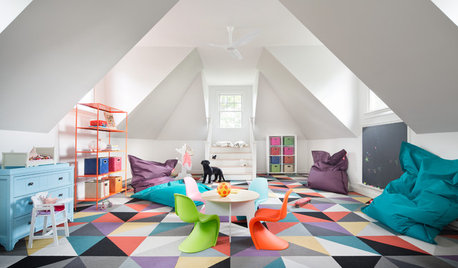
DECORATING GUIDES10 Easy Fixes for That Nearly Perfect House You Want to Buy
Find out the common flaws that shouldn’t be deal-breakers — and a few that should give you pause
Full Story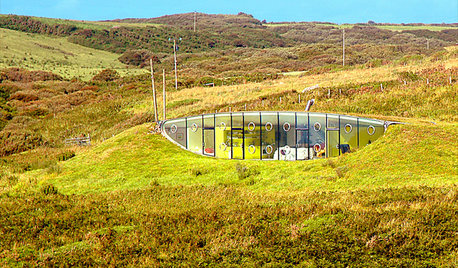
ARCHITECTURE6 Amazing Homes Dug Into the Earth
Designed to disappear or with portions peeking out, these houses bring a new meaning to 'communing with nature'
Full Story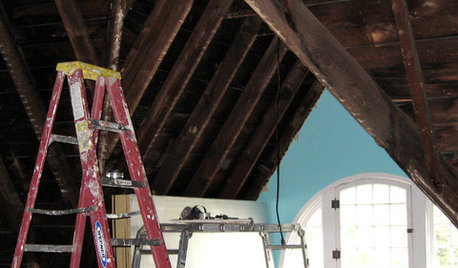
REMODELING GUIDES8 Lessons on Renovating a House from Someone Who's Living It
So you think DIY remodeling is going to be fun? Here is one homeowner's list of what you may be getting yourself into
Full Story
LIFEThe Good House: An Experience to Remember
A home that enriches us is more than something we own. It invites meaningful experiences and connections
Full Story
ARCHITECTURETell a Story With Design for a More Meaningful Home
Go beyond a home's bones to find the narrative at its heart, for a more rewarding experience
Full Story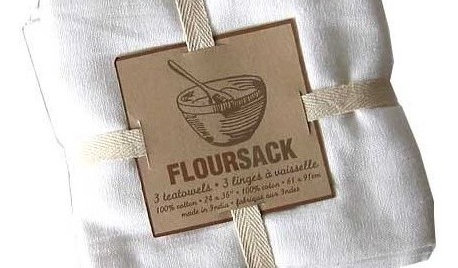
PRODUCT PICKSGuest Picks: Earth-Friendlier Finds for the Home
Reduce paper and plastic use the simple, stylish way with ecoconscious kitchen, laundry and bathroom items
Full Story
TINY HOUSESHouzz Tour: A Custom-Made Tiny House for Skiing and Hiking
Ethan Waldman quit his job, left his large house and spent $42,000 to build a 200-square-foot home that costs him $100 a month to live in
Full Story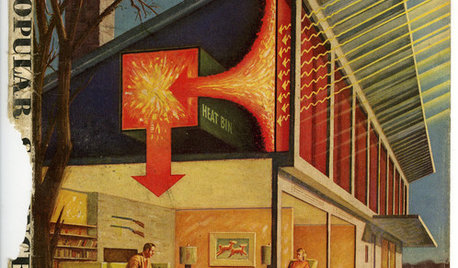
GREEN BUILDINGChampioning the Solar House, From the 1930s to Today
Homes throughout history that have used the sun offer ideas for net-zero and passive homes of the present, in a new book by Anthony Denzer
Full Story



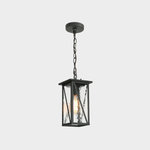

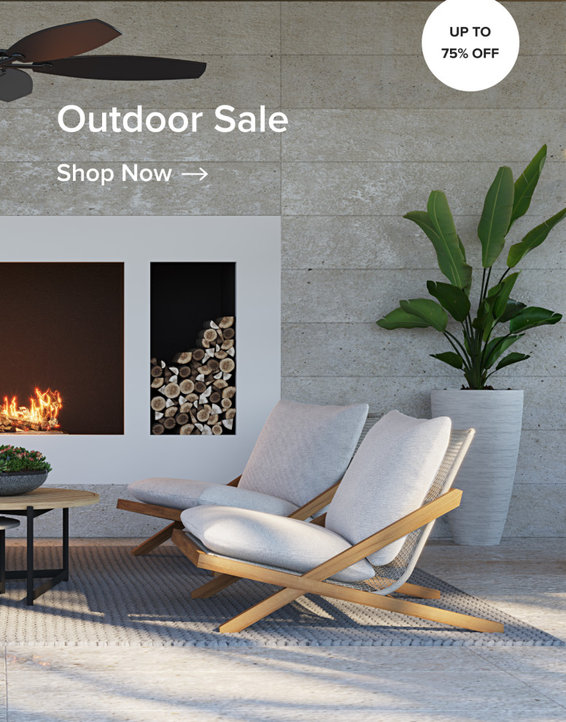
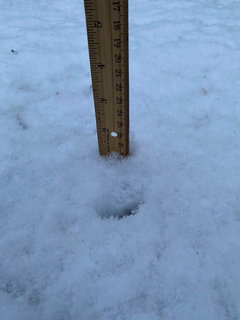
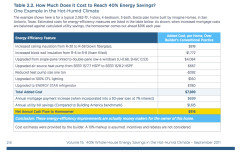
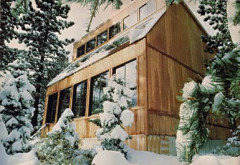
jimandanne_mi